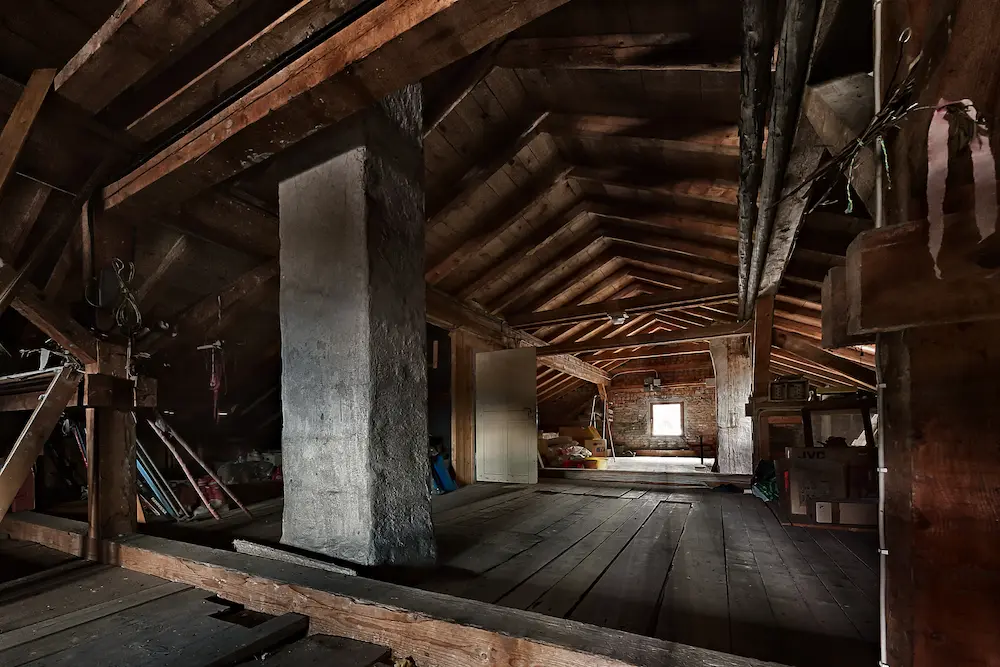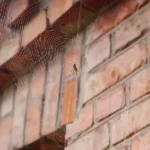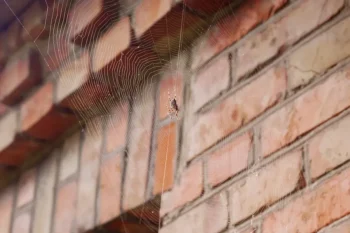
A faint thump or delicate scratching sound can make anyone stop and listen, and many people in Lubbock TX are surprised by how familiar it becomes. You may find yourself wondering if it’s just the home settling or something moving in a hidden spot. These brief moments of curiosity happen more often than most expect.
Many animals and pests announce themselves through small, consistent noises. Raccoons, squirrels, birds, and mice all have distinct sound signatures, and their behavior changes throughout the day. Noticing these patterns can offer important clues about what’s nearby.
With guidance from Bug Out, understanding these sounds becomes much easier. Paying attention to timing and location helps you identify the source. Once the signs become clearer, knowing how to respond feels much less overwhelming.
What Do Those Strange Noises Really Mean?
When something doesn’t sound quite right, start by paying attention to the basics. Notice how the noise behaves, where it begins, and how often it repeats. These simple details can tell you far more than you expect and can help reduce uncertainty. A brief moment of focused listening can make things feel clearer, especially when wildlife or pests might be involved.
Each small observation builds on the last, giving you a better idea of what’s happening around you. These details work together to reveal whether the noise is coming from wildlife, pests, or something else entirely. As you combine what you hear with what you’ve already noticed, deciding your next steps becomes much easier.
Your Guide to Identifying Sounds Inside Your Walls
Many pests, both large and small, rely on wall voids for shelter. Insects, rodents, and even raccoons can squeeze into tight gaps, and bigger animals often create noticeable bumps and scratching as they move. Here are the sounds homeowners report most often:
- Scratches in Walls
When scratching comes from inside a wall or ceiling, it’s natural to feel concerned. Paying attention to where the sound moves and how consistent it is can help you identify what’s causing it. Is the noise contained or on the move? Wildlife known for creating these sounds include:
-
- Raccoons: Slow, deliberate scratching paired with heavier thuds at night often suggests raccoons are moving through walls or ceiling spaces.
- Carpenter Ants: Soft rustling or light tapping inside wooden beams or structures may indicate active carpenter ants.
- Squirrels: Quick, repetitive scratching during the daytime usually points to squirrels traveling through walls or attic areas.
- Mice and Rats: Fast, light movements and occasional chewing or scurrying sounds after dark are common signs of mice or rats.
- Gnawing or Grinding in Walls
Because their teeth never stop growing, rodents regularly chew through materials like wood, wiring, and plastic. This steady gnawing is typically heard during the night or early morning hours. Wildlife commonly behind these noises includes:- Squirrels: Active mainly during daylight hours, squirrels create noticeable sounds as they dash through wall voids or slip through tight spaces.
- Mice and Rats: Primarily active at night, rodents move quietly when searching for food, though rats often make louder noises as they chew, scurry, and explore hidden areas.
- Heavy Dragging Sounds in the Walls
If you hear slow, steady shuffling or dragging sounds beneath your floors or in your attic, it usually signals the presence of a larger animal. These noises differ from the rapid, jittery sounds squirrels produce. Animals most often involved include: - Bumps in Your Attic or Crashes in the Garage
Looking for food or a safe place to hide, many bigger animals enter garages and attics. The structure of these areas often amplifies every movement. Wildlife most often behind these noises includes:- Birds: When trapped, birds may flap wildly and collide with surrounding objects, creating chaotic noises as they try to escape.
- Mice and Rats: Quick and agile, these rodents dart through spaces, causing loud clattering when they disturb small items.
- Raccoons: Mostly active at night, raccoons often knock over tools or containers, and their larger size makes every movement noticeable.
- Opossums: Their awkward, clumsy movements frequently produce bumps and overturned items as they search for food in dark, cluttered areas.
- Rustling in Vents or Chimneys
Hearing flapping, fluttering, or rustling in places you don’t expect might mean birds or bats are trapped inside your home. These noises usually come from vents or chimneys. Wildlife that is often responsible includes:- Birds: When trapped, birds often flap wildly and collide with walls, vents, or chimneys, creating loud and chaotic noises as they try to escape.
- Bats: In confined spaces such as attics or vents, bats produce rapid fluttering sounds and high-pitched squeaks while attempting to find an exit.
- A Buzzing or Humming in the Walls
Continuous buzzing or humming is often a sign of stinging insects. These noises come from the rapid movement of many wings and are most noticeable on warm, sunny days. Likely culprits include: - Ticking or Clicking Inside Walls
Walls that emit quiet, repeated ticking or clicking noises often point to wood-destroying insects at work. Since the sounds appear in bursts, nighttime is ideal for spotting them. Insects typically responsible include:- Carpenter Ants: Soft, irregular ticking or subtle rustling from wooden surfaces often points to carpenter ant activity.
- Termites: Steady, faint clicking or tapping inside walls typically signals termites feeding on wood structures.
- Thumps on the Roof
Banging or thumping sounds coming from above often indicate animals moving across your roof. Roofs provide easy access for creatures searching for food or shelter. Common culprits include:- Tree Branches: On windy days, branches scraping or tapping against the roof can mimic the sounds of animals, making this a common non-pest source of noise.
- Squirrels: Fast scampering and the gentle sound of nuts rolling or falling are typical during daylight hours. Their movements are lighter and quicker than those of larger animals.
- Cats: Soft, quick footsteps often occur at night or during early morning and evening, sometimes accompanied by meows or purring near entry points.
- Raccoons: Heavy, deliberate steps and strong thudding usually happen at night, with their large size making each movement more noticeable.
Troubling Noises Around the House? Rely on Bug Out
Even faint sounds of rustling or banging inside your walls can unsettle anyone. Our professional inspections pinpoint which animal is responsible and the areas it prefers. Prompt action minimizes both damage and household disruption. Seasonal wildlife activity in Lubbock TX can be high, and our exclusion methods ensure they don’t return.
Take action now! Call Bug Out to prevent wildlife and pests from entering your home.





